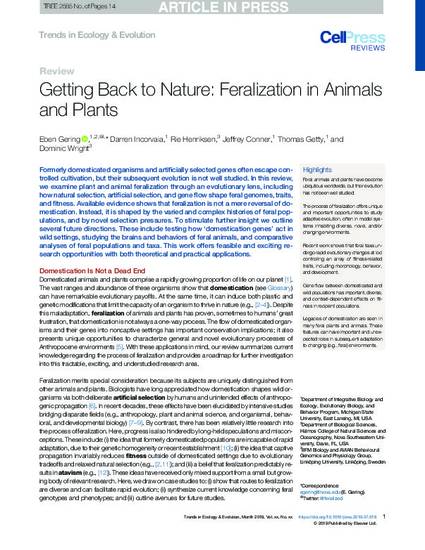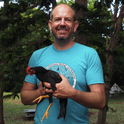
- Feralization,
- Domestication,
- Adaptation,
- Invasion,
- Admixture,
- Evolution
- Biology and
- Life Sciences
Formerly domesticated organisms and artificially selected genes often escape controlled cultivation, but their subsequent evolution is not well studied. In this review, we examine plant and animal feralization through an evolutionary lens, including how natural selection, artificial selection, and gene flow shape feral genomes, traits, and fitness. Available evidence shows that feralization is not a mere reversal of domestication. Instead, it is shaped by the varied and complex histories of feral populations, and by novel selection pressures. To stimulate further insight we outline several future directions. These include testing how ‘domestication genes’ act in wild settings, studying the brains and behaviors of feral animals, and comparative analyses of feral populations and taxa. This work offers feasible and exciting research opportunities with both theoretical and practical applications.
Available at: http://works.bepress.com/eben-gering/10/

©2019 Published by Elsevier Ltd. Under a Creative Commons license.